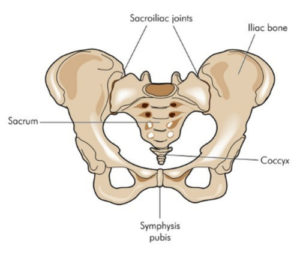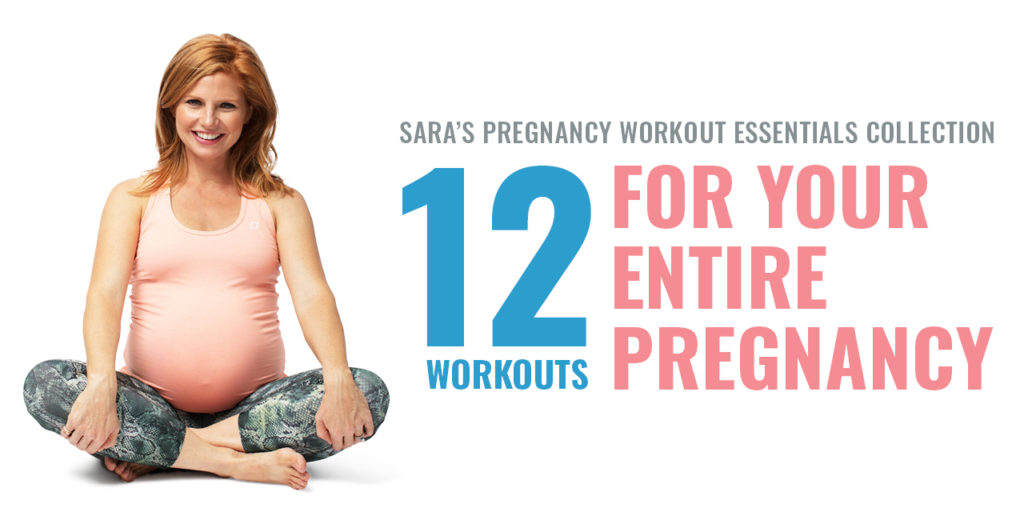Pregnancy certainly comes with it’s challenges, like strange and sudden aches and pains. A particular one I often get asked about is Symphysis Pubis Dysfunction (SPD), also sometimes knows as pelvic girdle pain. If you’ve been having any difficulty walking or feel incredible pain in the front center of your pubic bone, lower back, upper thighs, or perineum (the area between the anus and the vagina), SPD may be the issue. My friend Jenn, who suffered from SPD during her pregnancies, describes it as, “a grinding sharp pain felt in the front of your pubic area that at times, radiates down my legs”. You may even hear or feel a clicking sound in your pelvis.
According to the NHS, one in five women may develop SPD during pregnancy, so if you’re suffering, know that you are not alone. I’m hoping this little Q&A I put together can help you determine whether you have SPD and what you can do to help.
Why do some pregnant women get SPD?
During pregnancy, our bodies produce a hormone called relaxin. This hormone allows your ligaments to literally relax and become more flexible, so that you can have a successful labor and delivery. If there is too much relaxin too soon, the joints become too relaxed and over-stretched, the symphysis pubis (the pelvic joint) becomes unstable and often painful. (This is also why it’s important that you don’t over-stretch during pregnancy.)
You may feel pain when you’re walking, using the stairs, balancing on one leg, widening your legs (like when you get dressed or get out of a car), or even turning over in your bed.

What should you do if you think you have SPD?
1. Start by talking to your OBGYN or Midwife. My guess is that they will refer you out to a women’s health or pelvic floor specialist.
2. If they don’t, consult a pelvic floor specialist.
3. Seek out chiropractic care. It would be ideal for you to find a chiropractor that specializes in pregnancy.
There are also some things you can do at home (after consulting a professional first) to ease or reduce your pain.
- Learn and practice kegels and pelvic tilts. (All of which you can find in my pregnancy workout programs.)

Standing pelvic tilt, as performed in my Pregnancy Workout Essentials Collection - Invest in a pelvic support belt that can help in keeping the the pelvic bones in place during pregnancy.

- Avoid the movements that trigger the pain, which could be anything from sitting down to get dressed to keeping your legs closed when entering and exiting your car (imagine holding an orange between your knees) to prevent uneven movement.
- Weight-bearing activities like carrying a child on your hip or lifting heavy loads, like laundry, shopping bags, pets and children could potentially make it worse, so try to carry things with both hands (or ask someone to assist you)
- Twisting can aggravate SPD as well, so avoid sitting in a twisted position or twisting while lifting. Focus on rotating from the feet (I teach you how to do this in my Pregnancy Workout Essentials Collection).
- Be as active as possible. Do things that feel good and avoid exercises that don’t. In my pregnancy workouts I focus a lot on core and hip stability, which would be very helpful in dealing with SPD.
I hope this helps you to identify your pain, recognize ways to reduce pain, and where to seek professional guidance related to SPD. Please share in the comments if you ever had it and what helped you (It will help other moms-to-be!), and leave any other questions you may have.












